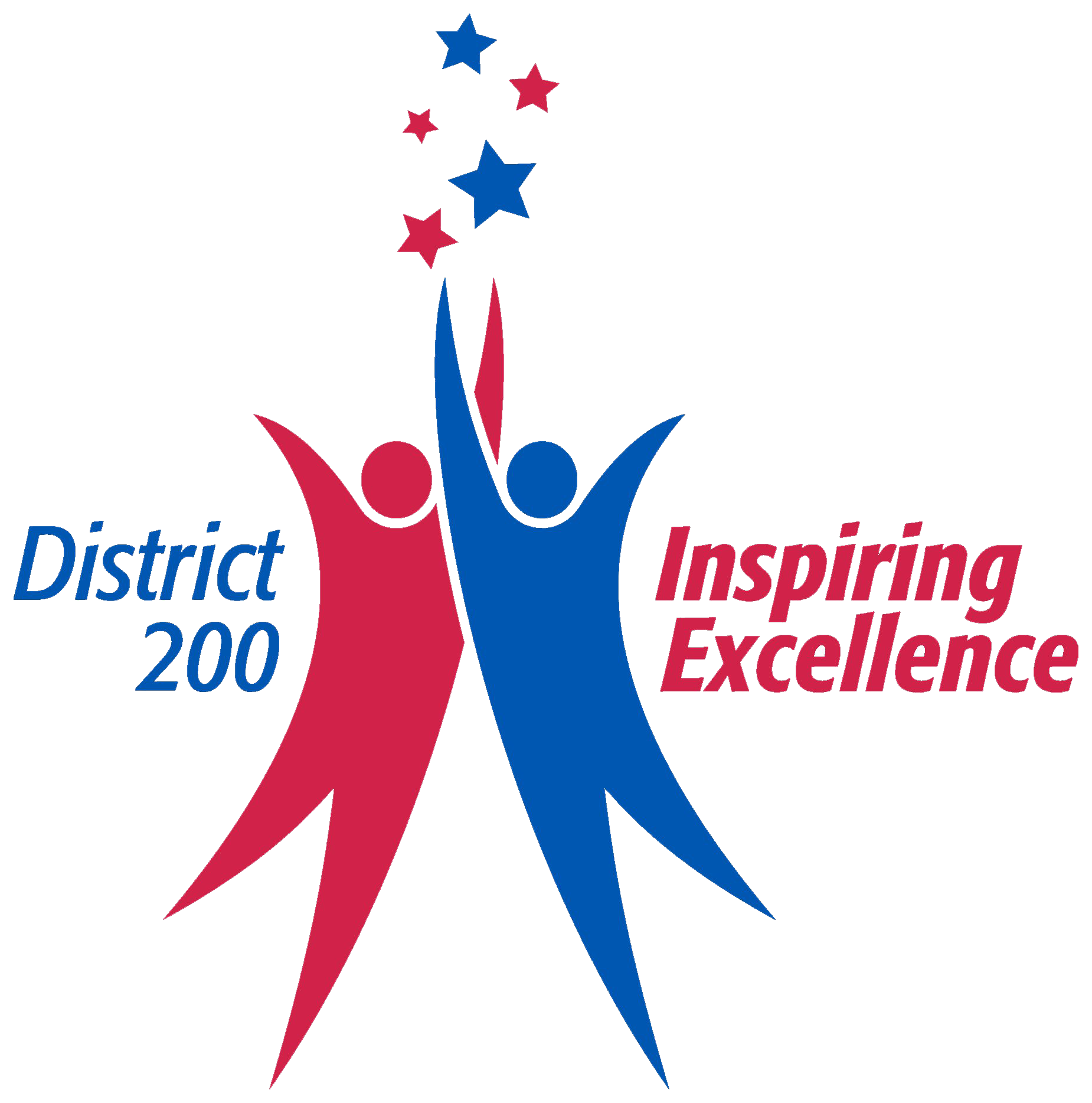Occupational & Physical Therapy
Occupational and physical therapy are two of the related services of special education mandated by the Individuals with Disabilities in Education Act (IDEA). To receive services, students must have an Individualized Educational Program (IEP). School based therapy services strive to facilitate the students’ potential for functional independence and participation in educational activities. This differs from the medical model of therapy services, which focuses on medical needs.
Occupational Therapy
Occupational therapy is the therapeutic use of purposeful and meaningful occupation or goal-directed activities to evaluate and provide interventions for individuals and populations who have a disease, disorder, impairment, activity limitation, or a participation restriction that interferes with their ability to function independently in their daily life roles and to promote health and wellness.
In the educational setting, the occupational therapist uses purposeful goal-directed activities and adapted techniques and equipment to improve the child’s ability to participate effectively. The practice of occupational therapy in the educational setting consists of the following:
Evaluating students with disabilities by performing and interpreting tests and measurements and/or clinical observations of neurophysiological, musculoskeletal, sensorimotor functions and daily living skills
Planning and implementing treatment strategies for students based on evaluation findings
Improving, developing, restoring, and maintaining functions impaired or lost through illness, injury, or deprivation
Improving or maintaining the ability to perform tasks for independent functioning when functions are impaired or lost
Administering and supervising therapeutic management of students with disabilities, recommending equipment, and providing training to parents and educational personnel
Physical Therapy
Physical therapy (PT) is one of the related services under Part B of the Individuals with Disabilities Education Act (IDEA) and is provided to support the Individualized Education Program (IEP) for students ages 3-21, who have a disability that interferes with their educational performance and ability to benefit from their education program. When the student’s IEP identifies PT as a needed resource, physical therapists will be integrated as members of a multidisciplinary school team. Using their unique expertise in movement and function, PTs ensure a free and appropriate education for students with disabilities to prepare them for further education, employment, and independent living. The school-based PT promotes motor development and the student’s participation in everyday routines and activities that are a part of his or her program. The PT designs and performs therapeutic interventions, including compensation, remediation and prevention strategies and adaptations, focusing on functional mobility and safe, efficient access and participation in educational activities and routines in natural learning environments. (American Physical Therapy Association)
In the educational setting, physical therapy consists of evaluation and, if appropriate, intervention to address concerns regarding the student’s ability to:
Maintain his or her posture as the student sits to attend to classroom instruction or to engage in seated work, as the student stands to wait in line or perform classroom tasks, and as the student moves about in the classroom or performs motor skills.
Perform functional motor skills such as changing positions (getting up and down off the floor, maneuvering on and off of chairs, changing floor sitting positions, etc.) during various instructional times and negotiating the school building (through halls and around obstacles, either through ambulation or with a wheelchair)
Maintain control of his or her body as the student moves on the playground or participates in physical education (performing various gross motor skills)
To find your occupational or physical therapist, contact your child's school or visit the individual school's website.
A great list of tips/pages for parents looking for more information on a wide range of related topics is at: http://www.aota.org/About-Occupational-Therapy/Patients-Clients/ChildrenAndYouth.aspx#school
Websites
